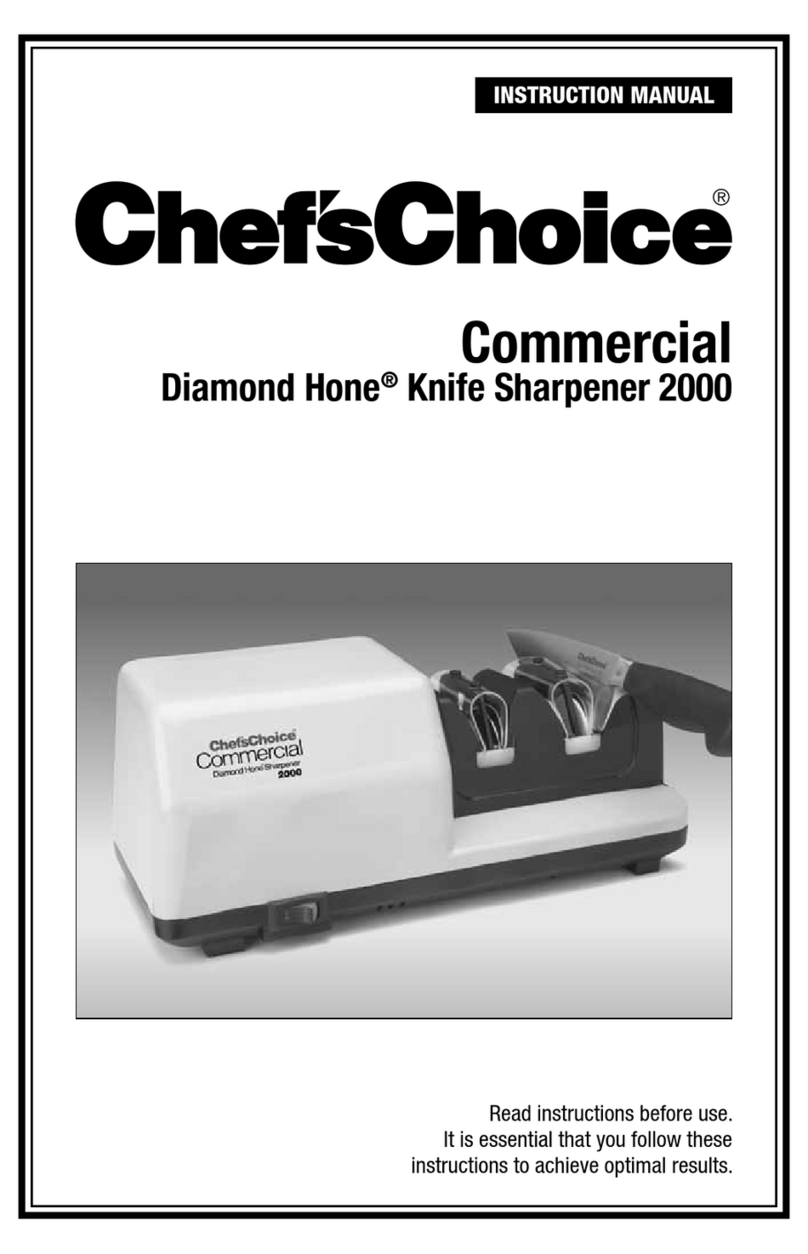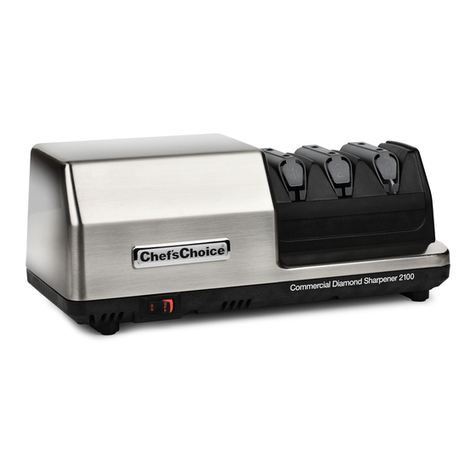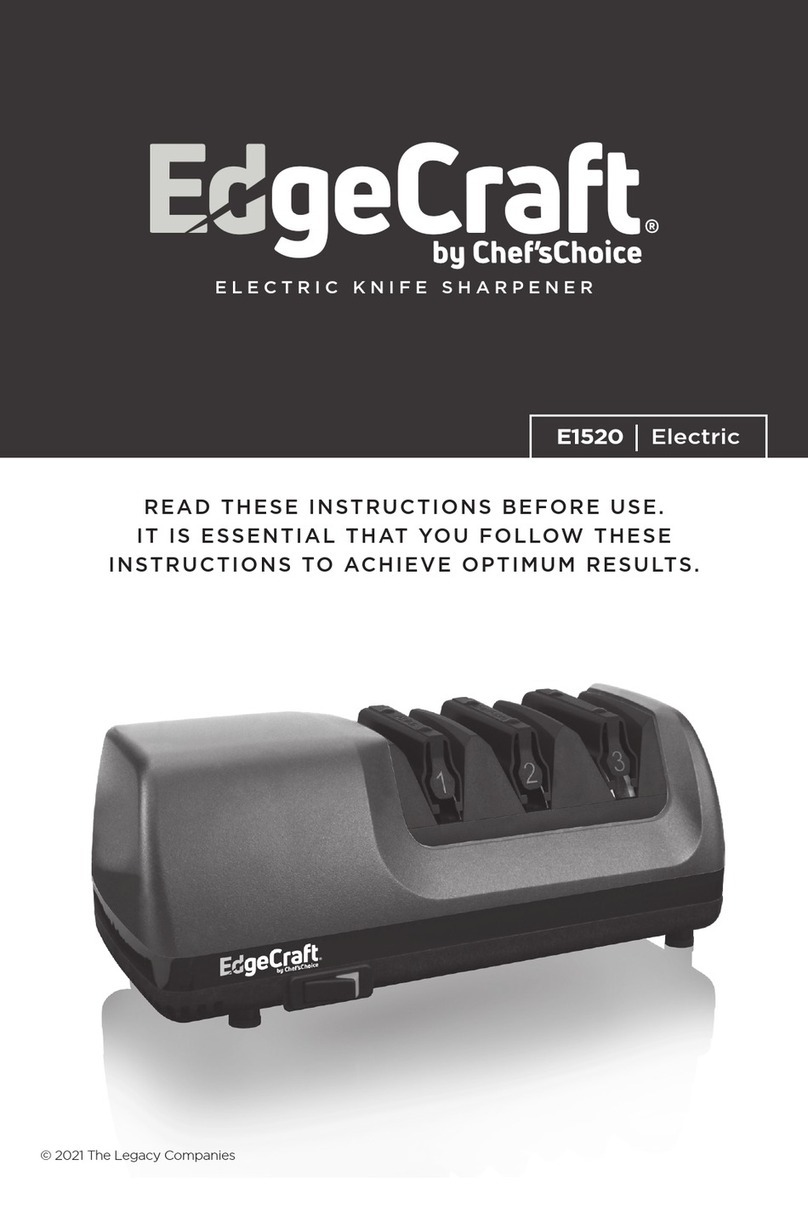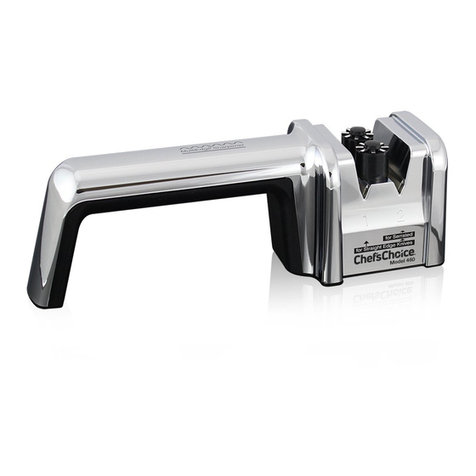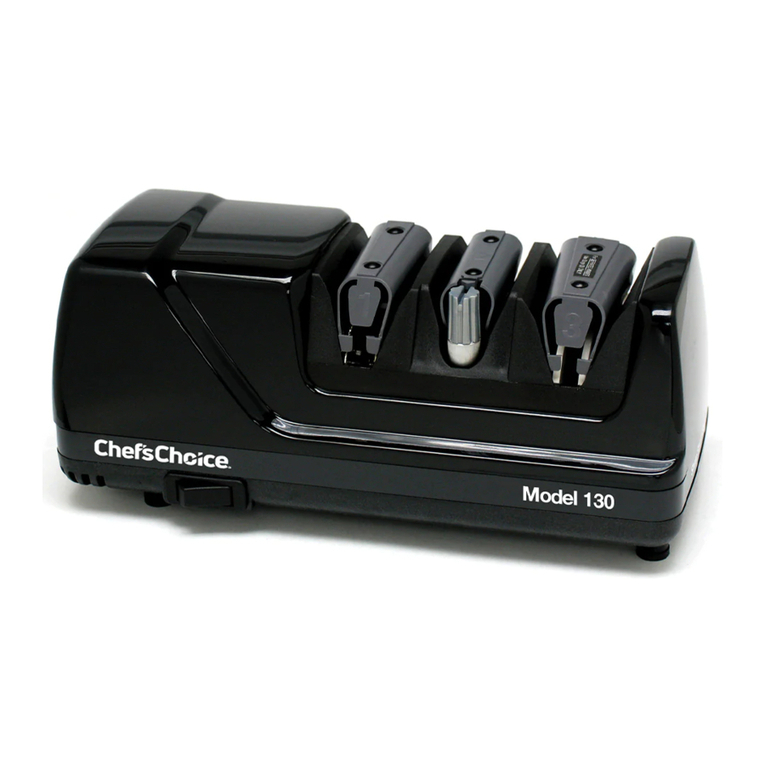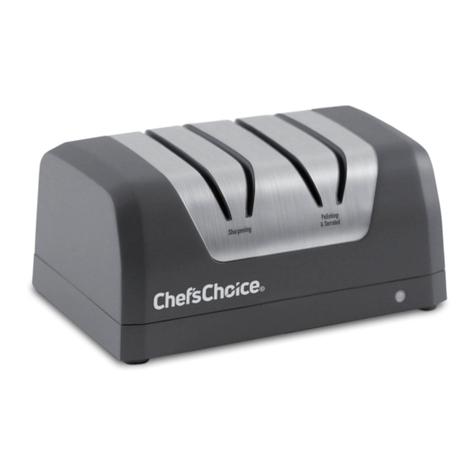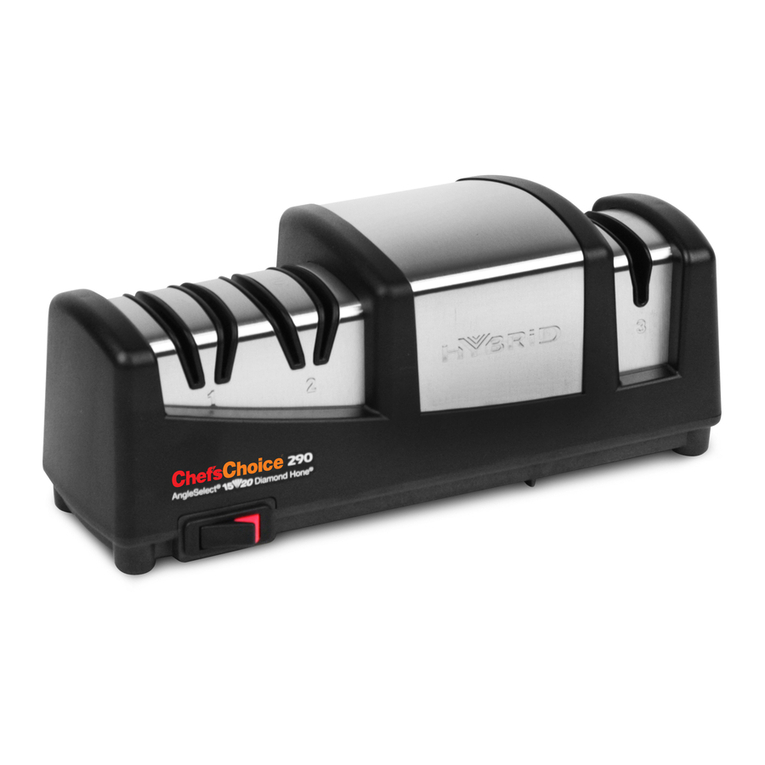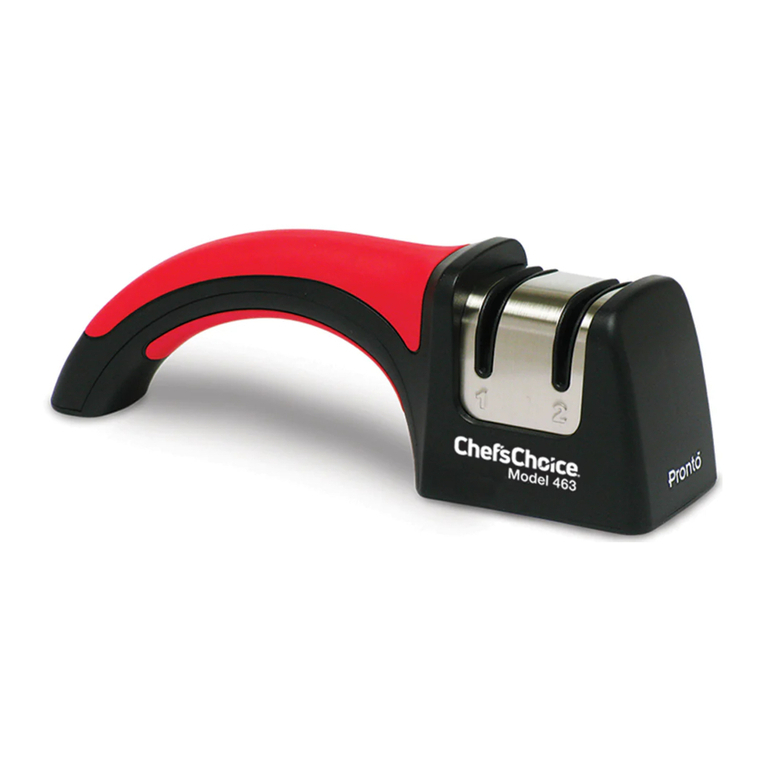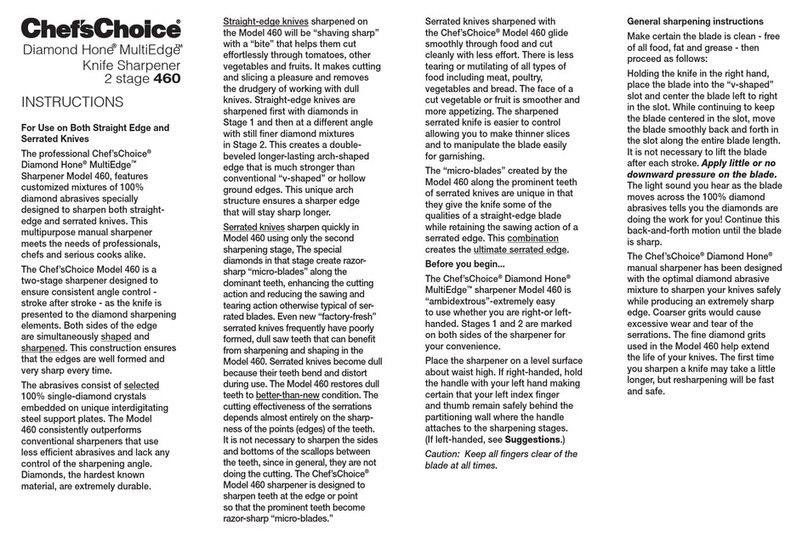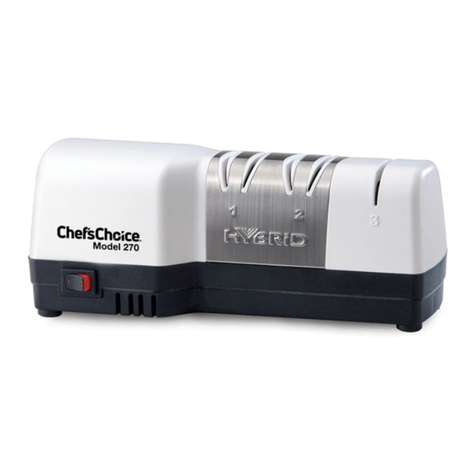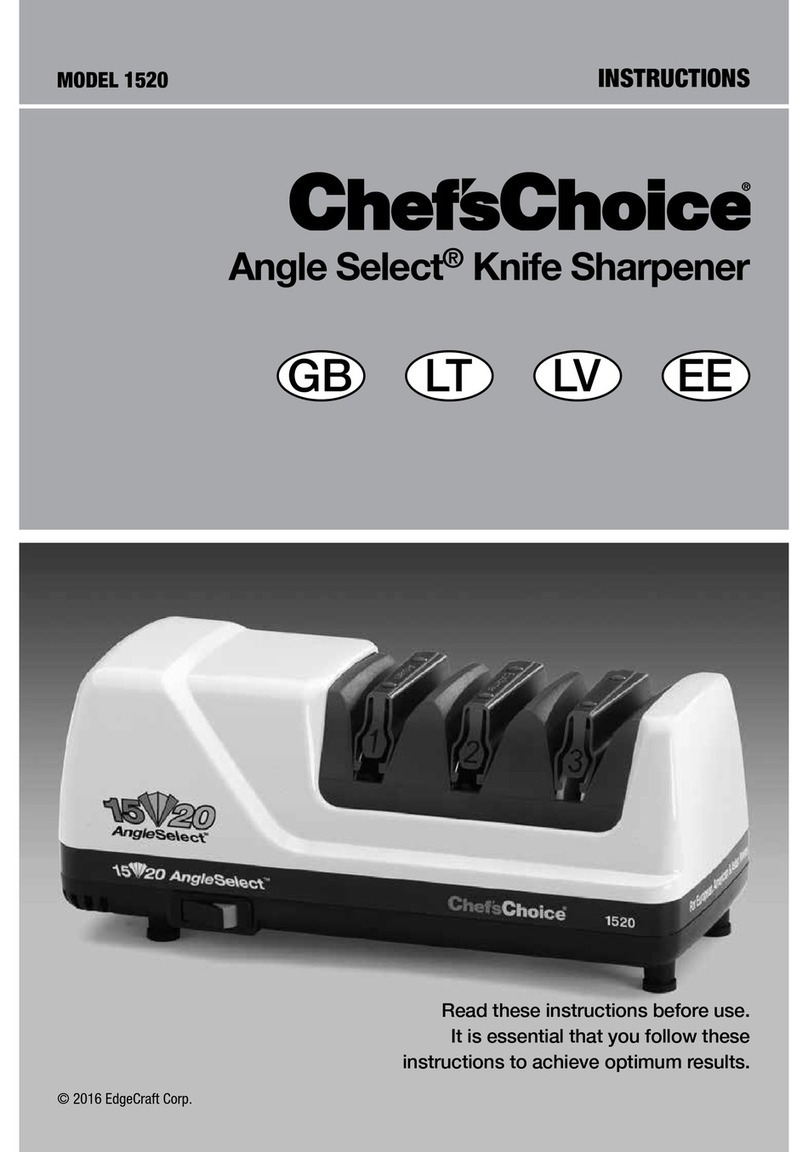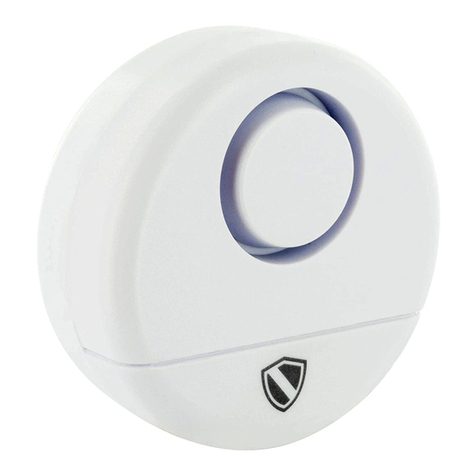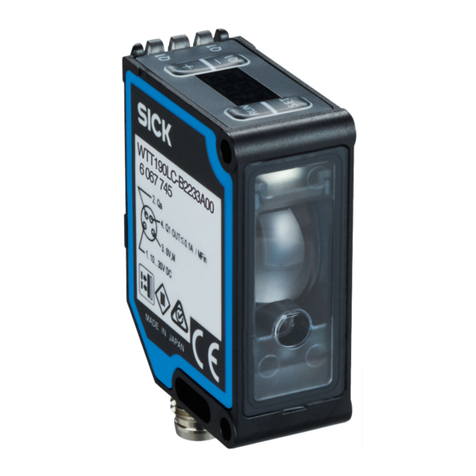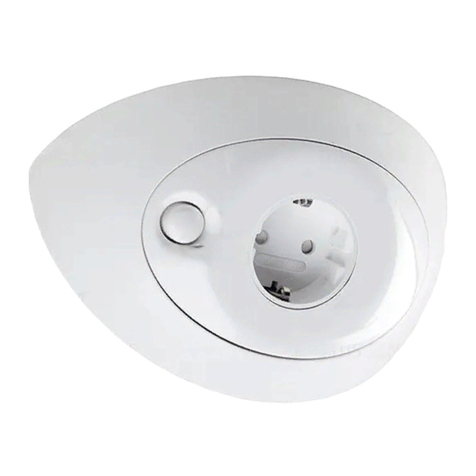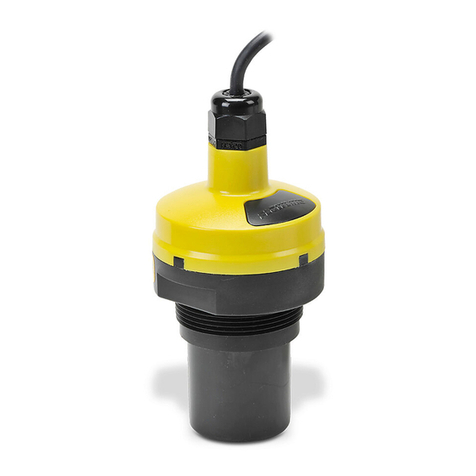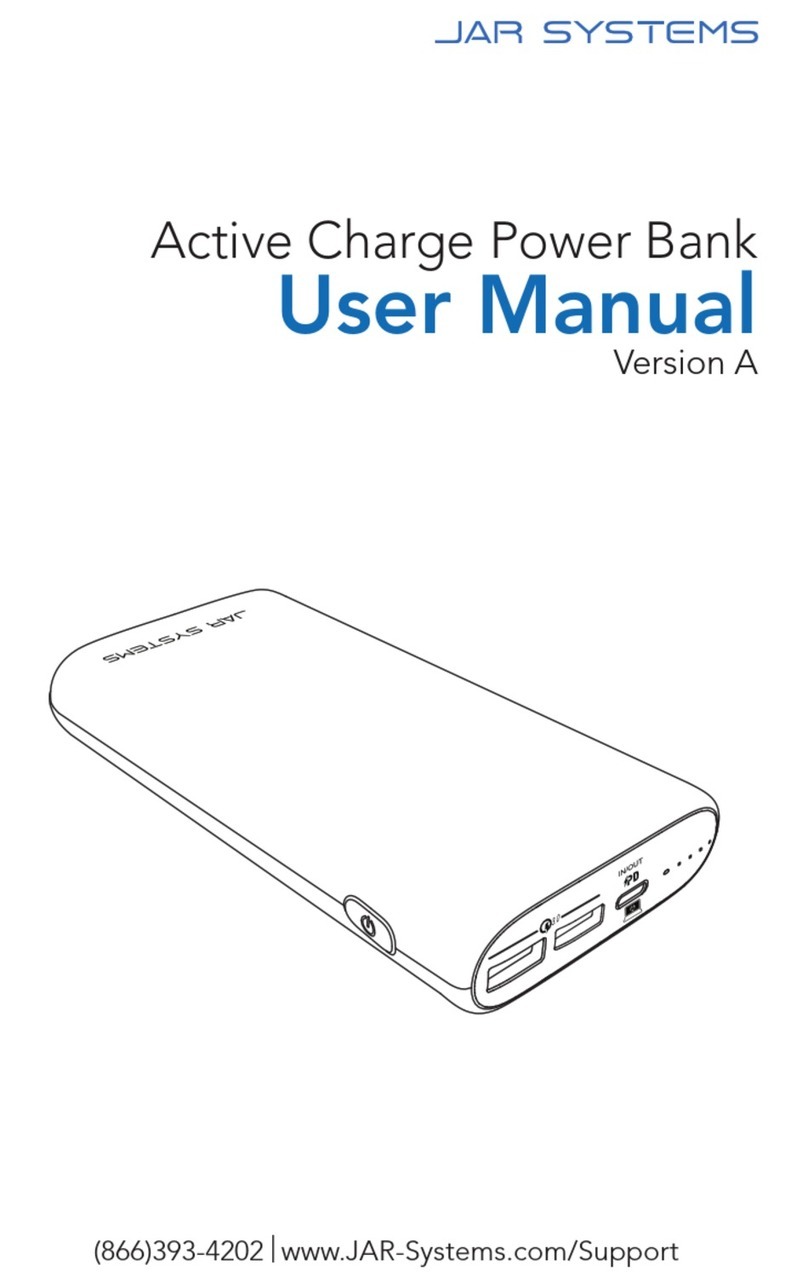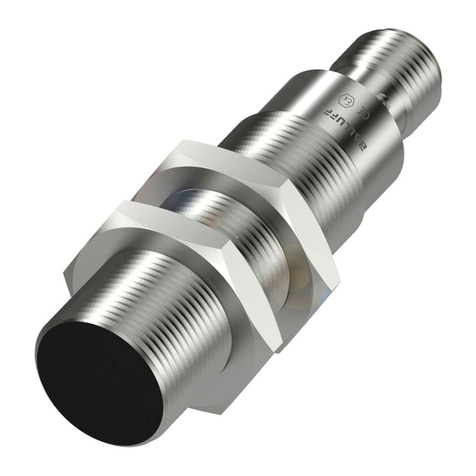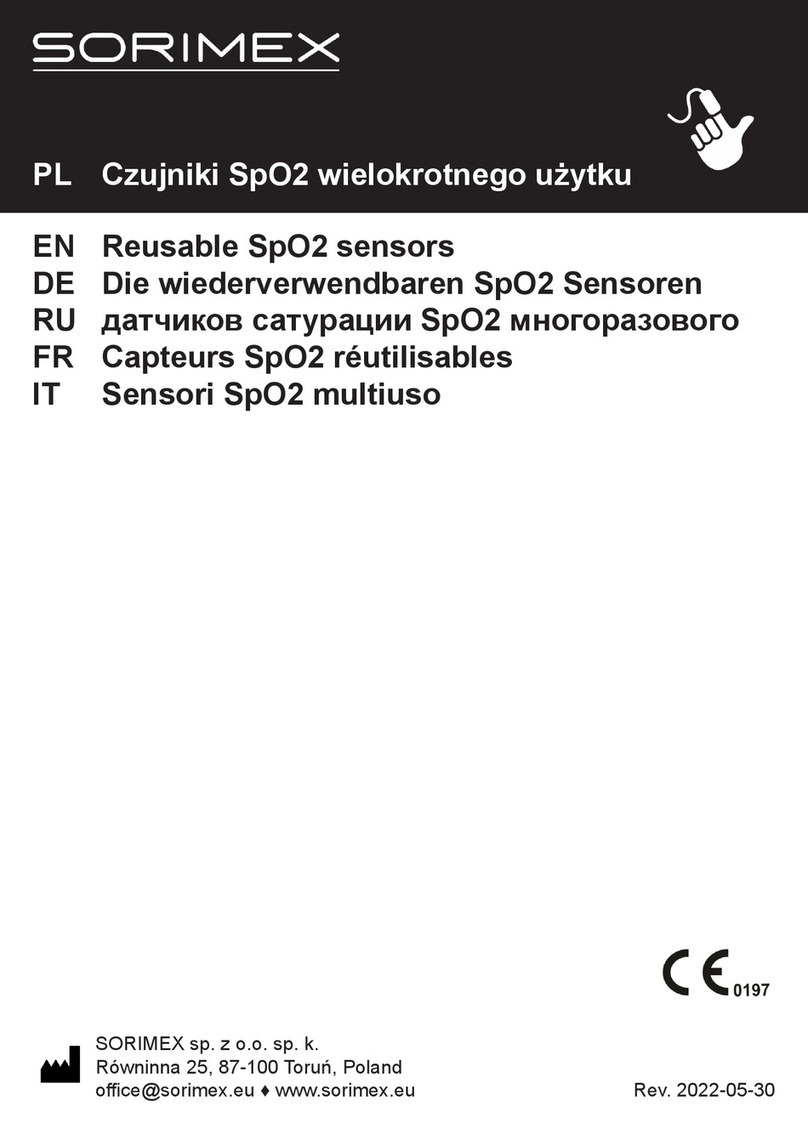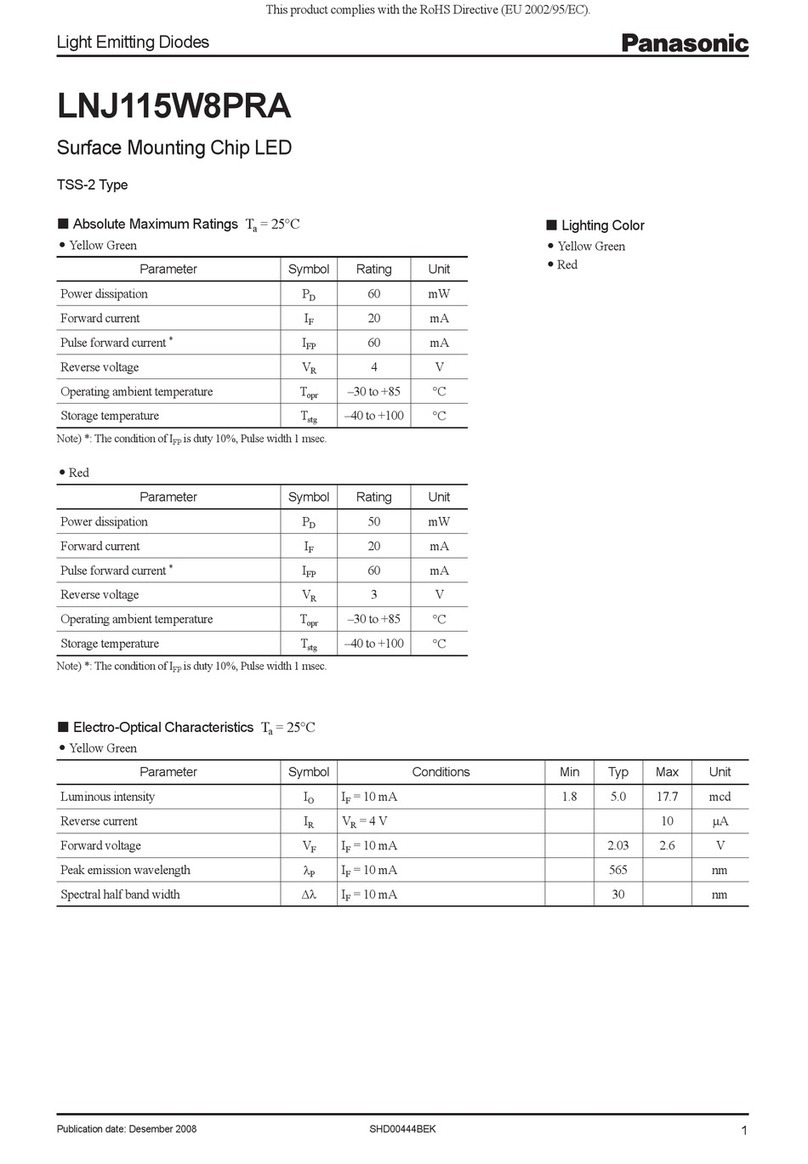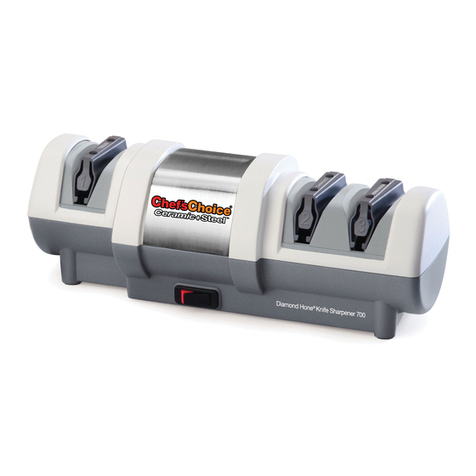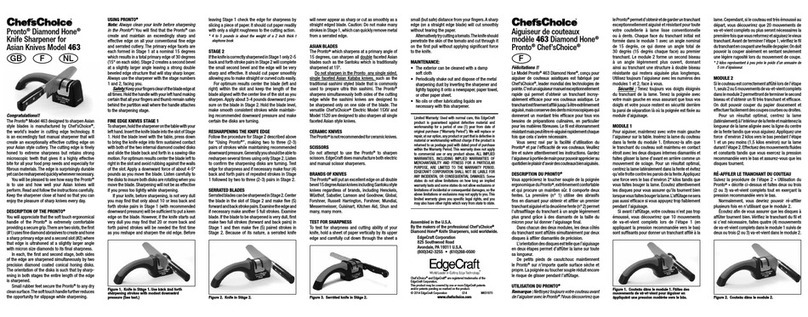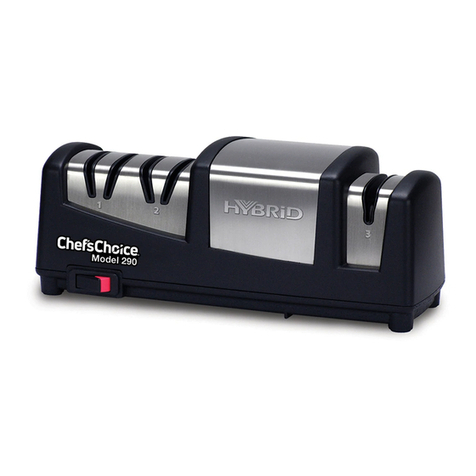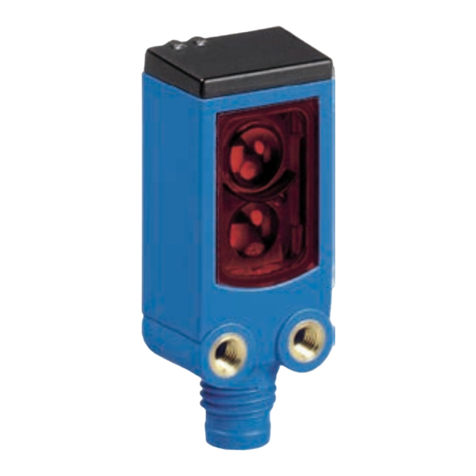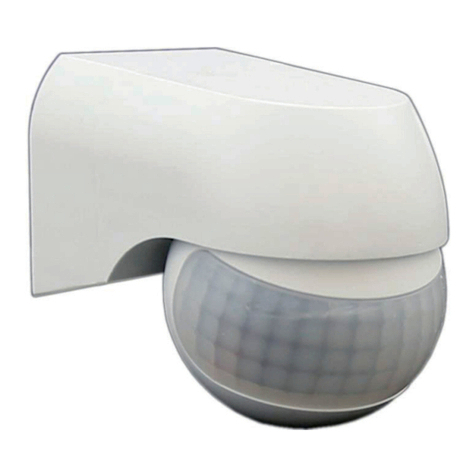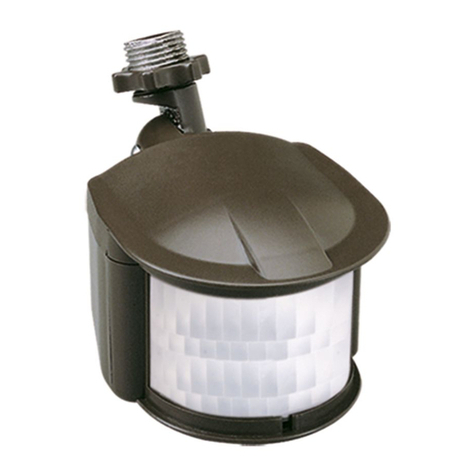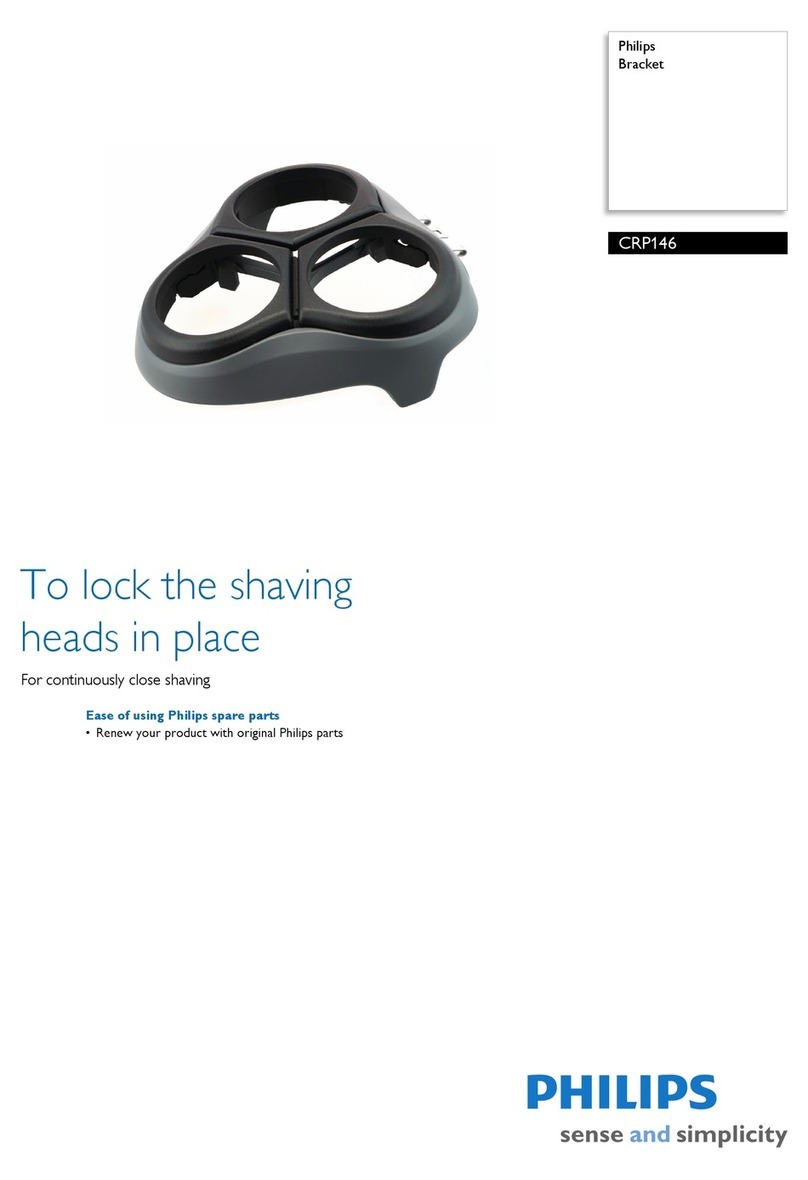7
You can speed the “breaking-in” process by applying light to moderate downward pressure
on the knife in Stage 1. Do not apply any pressure in Stage 2.
2. Slow down! Pull the knife through the sharpening slots slowly. Allow one (1) second for
each two (2) inches of knife blade on the “slow pulls,” i.e., three (3) seconds for a six (6)
inch knife. For optimum results, give yourself at least the full three (3) seconds, and maybe
a little more.
3. Additional pulls through Stage 2. For the ultimate in sharpness make three to four extra
normal pulls through Stage 2 and then make three to four “fast pulls” on each side through
Stage 2. If your knife is not razor sharp, review the suggestions above and repeat the entire
sharpening procedure.
4. Make sure that the knife is kept level. This means that the knife edge should be
maintained in parallel position relative to the table the sharpener sits on. By maintaining it
level, the edge will be sharpened more uniformly. When you sharpen the tip area, lift the
handle up slightly so that the edge along the tip can be maintained “parallel” to the table
and sharpened completely.
5. Your grip on the knife. Let the magnets control the knife position and sharpening angle. To
do this, place the knife in the slot and lean the knife face against the face of the magnet—
then loosen your grip sufficiently so that the magnets can pull the knife into position. Do not
fight the magnets. Apply light to moderate pressure in Stage 1 and no pressure in Stage 2.
With very heavy knives, thick knives or knives with wide cutting edge facets, if there is a
tendency for the knife to chatter or vibrate in Stage 1 or 2, lift up slightly to relieve some of
the knife’s weight pressing on the orbiting diamond plate and slow down a little.
6. Serrated knives. While the Chef’sChoice®sharpener is designed for non-serrated knives,
it will improve the performance of serrated knives by sharpening the tips of the serrations.
Do not oversharpen in Stage 1. With serrated knives, fewer pulls are typically required in
Stage 1 before proceeding to Stage 2. If excessive chattering occurs in Stage 1, skip this
Stage and proceed to Stage 2.
7. Conditioning the diamonds. With a new sharpener some diamond particles may tend to
“grab” the knife blade, particularly small pocket knife blades. Sharpening 3 or 4 large
kitchen knives first, before sharpening pocket knives, will significantly reduce this tendency.
By giving careful attention to these suggestions, all of your kitchen knives will be razor sharp.
Because of the ultra sharpness and perfection of the edge, use of a sharpening steel or any other
sharpening device on your newly sharpened edge will only deteriorate the edge quality.
CHEF’S KNIVES AND PARING KNIVES
The blade of a well designed chef’s knife is curved continuously from the blade tip to the end
near the handle so that, with a rocking action on a cutting surface, the entire blade length will
cut cleanly. Chef’sChoice®will sharpen the entire blade uniformly avoiding a swale common to
other sharpening methods. If your chef’s knife has a heavy bolster near the handle extending
to the edge, a commercial grinder can modify or remove the lower portion of the bolster so that
the bolster will not interfere with proper cutting action of the knife. Chef’sChoice®Model 310
will sharpen the entire cutting edge from tip to the bolster or handle. For this reason, when using
paring knives, it is essential to exercise extreme care to keep fingers away from the incredibly
sharp edge near the handle.
STAGE 2
The final operation is HONING, Stage 2. Using these slots, again take about three (3) seconds
per pass for a 6” blade. As in Stage 1, alternate each pull from one HONING slot to the other.
Do not apply downward pressure on knife in this stage. You should pull the blade through both
HONING slots four (4) to six (6) times. Complete HONING with eight (8) to twelve (12) fast pulls,
(one [1] second each), alternating between the left and right slots.
After sharpening, wipe the blade clean, test for sharpness and use. If the knife is not sharp
enough repeat Stages 1 and 2. Your knife should be razor sharp.
RESHARPENING
After normal use you can resharpen your knife quickly. Starting with SHARPENING (Stage 1)
make eight (8) to ten (10) passes through each slot, alternating left and right. Complete with
eight (8) fast passes each side in Stage 1 before moving to Stage 2. In HONING (Stage 2) make
four (4) to six (6) passes through each slot, alternating left and right. Complete with eight (8)
fast passes each side. In RESHARPENING you are removing only micro amounts of steel imme-
diately adjacent to the edge— a unique feature of Chef’sChoice®that allows you to resharpen
often without any concern for the life of your knife.
SUGGESTIONS
Chef’sChoice®Professional Model 310 is designed to produce incredibly sharp knife edges in
a fast and easy manner. To ensure that you obtain razor sharp edges we suggest:
1. “Breaking-in” Suggestions. “Breaking-in” can be likened to commercial sharpening to
produce a factory-like edge. This is a one time operation for each knife, but it is important
to “break-in” the knife adequately. It is relatively easy to determine what is adequate and
avoid needless removal of excessive steel from your blade edge.You need sharpen in Stage
1 only until the knife edge on successive pulls develops a burr along its entire edge. You can
verify there has been sufficient sharpening by moving your finger carefully across and away
from the edge to feel for the burr. A burr will be present on that last unsharpened side. With
a soft steel knife (and most are soft) you will usually find a burr develops when you have
pulled the knife through Stage 1, 15 to 20 times on each side. With unusually hard steel
knives you may find it necessary to pass through Stage 1 more than twenty (20) times on
each side. With harder steel knives, the burr will not be as evident. Remember, in
Resharpening you need pass through Stage 1 only eight (8) to ten (10) times.
6
Stage 2. Four (4) to six (6) passes alternating through each slot, (left and right H NING slots). Apply no downward
pressure in Stage 2.






